As of 2025, a large portion of Europe’s green steel projects have been postponed due to uncertainties in economic, technical, and energy costs. While investors and producers strive to maintain their carbon neutrality goals, some project start dates are being rescheduled, and implementation processes are slowing down.
Since 2018, ArcelorMittal has invested over $1 billion in decarbonization projects. On February 8, CEO Aditya Mittal signaled a slowdown, stating that “policy support and market conditions are not sufficient to accelerate our investments.” The company also linked its plans to replace traditional blast furnaces with lower-emission, hydrogen-compatible DRI-EAF plants to favorable policy and market conditions. ArcelorMittal emphasized the need for critical policy changes to accelerate decarbonization investments, especially in light of the pressure from rising steel imports in Europe.
Following ArcelorMittal’s signals, SSAB also postponed its green steel plans in Luleå. The Sweden-based steelmaker had begun preparatory work for a new, modern steel plant to replace its existing blast furnace-based production. However, due to delays in the transmission line that would provide energy infrastructure for the project, the planned commissioning date was pushed back by one year.
Thyssenkrupp Steel announced that it had suspended the tender for green hydrogen procurement for its planned direct reduction plant in Duisburg. The company initially planned to use natural gas to start operations and gradually switch to hydrogen as production capacity increased. However, limited hydrogen infrastructure in Europe, the innovative nature of such projects, and ongoing market uncertainties have caused multiple delays.
After slowing down its earlier project, ArcelorMittal faced further delays in other green steel initiatives. The German government had hoped to encourage the conversion of ArcelorMittal’s Bremen and Eisenhüttenstadt plants into hydrogen-powered furnaces through subsidies. However, the company decided not to move forward with these projects due to high energy costs in Germany and uncertainties surrounding the future energy mix.
The situation was no different in Poland. Challenging market conditions across the European steel sector led ArcelorMittal to make a major decision regarding its Dąbrowa Górnicza plant. Citing rising energy costs, increasing CO₂ emission allowance prices, and falling steel prices within the EU, the company announced the shutdown process for its No. 3 blast furnace. ArcelorMittal Poland CEO Wojciech Koszuta stated that operating both furnaces simultaneously was no longer economically sustainable — only one furnace would remain active.
By September, Salzgitter AG, Germany’s second-largest steel producer, announced a three-year delay to the next phases of its Salcos Green Steel Project due to worsening economic conditions and regulatory uncertainties. The 2.5 billion euro (2.9 billion dollars) project — backed by 1 billion euro in state funding — aims to transform steel production through the use of green hydrogen to reduce carbon emissions.
The trend of delayed green steel projects seen in western Europe, particularly in Germany, was also observed further east in the Czech Republic. The country’s largest steel producer, Třinecké Železárny Group, postponed the completion date of its largest-ever decarbonization investment. CEO Roman Heide explained: “Such a large-scale investment requires a positive combination of European policy developments and improved steel market conditions. Currently, European market protection regulations are not clearly defined in a way that would make a shift in steel production technology — and the resulting cost increases — economically viable.”
Overall, the postponement of green steel projects in 2025 is not limited to a single country or company. From Germany to the Czech Republic, delays are occurring across the continent for similar reasons: high energy costs, market uncertainties, and insufficient policy support. These factors are directly affecting Europe’s path toward carbon neutrality, signaling that in the coming years, the steel industry will adopt a more cautious and strategic approach toward achieving its sustainable production goals.
This news piece is a special compilation inspired by GMK Center’s analytical article titled “Steel producers are suspending projects and postponing final delivery dates, citing market conditions and regulatory uncertainty.” The content has been restructured based on the original text in accordance with journalistic principles, with SteelRadar news serving as a source.


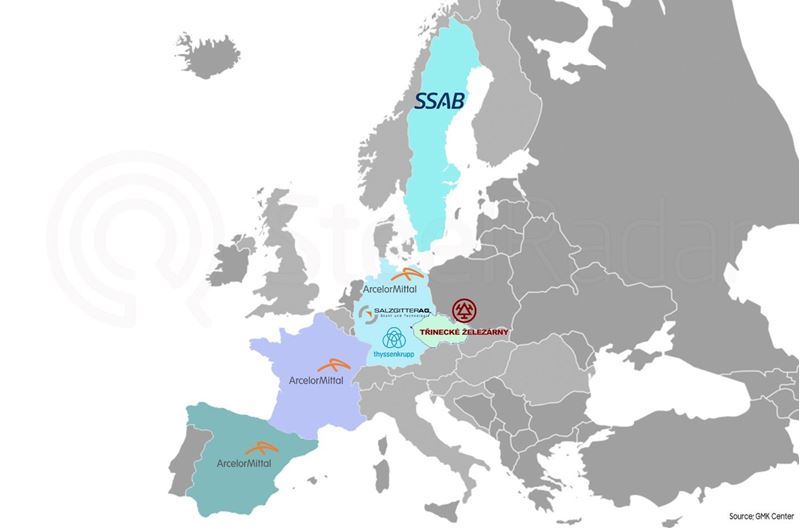
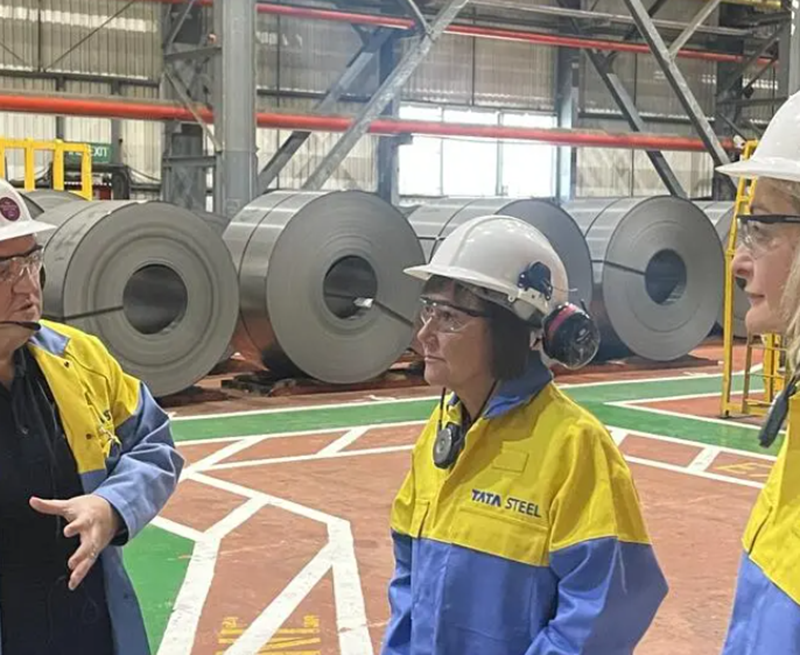
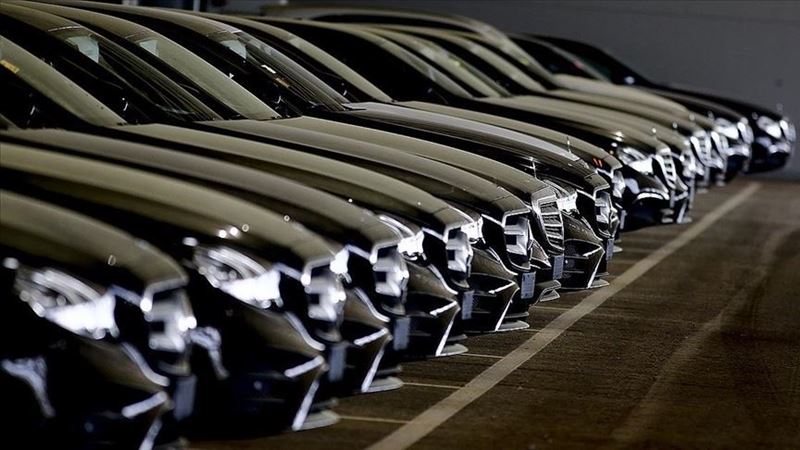
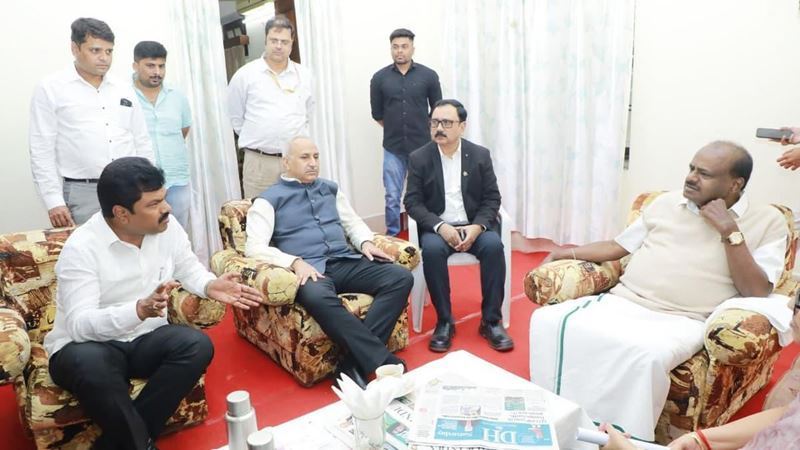
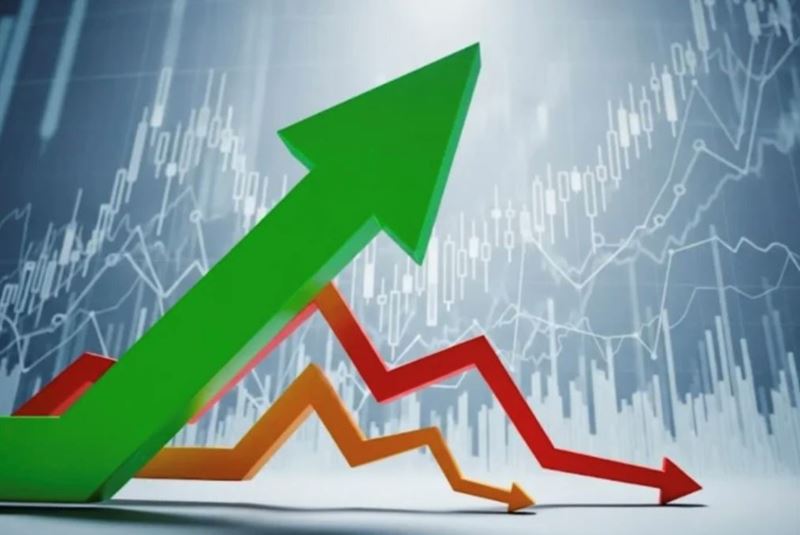
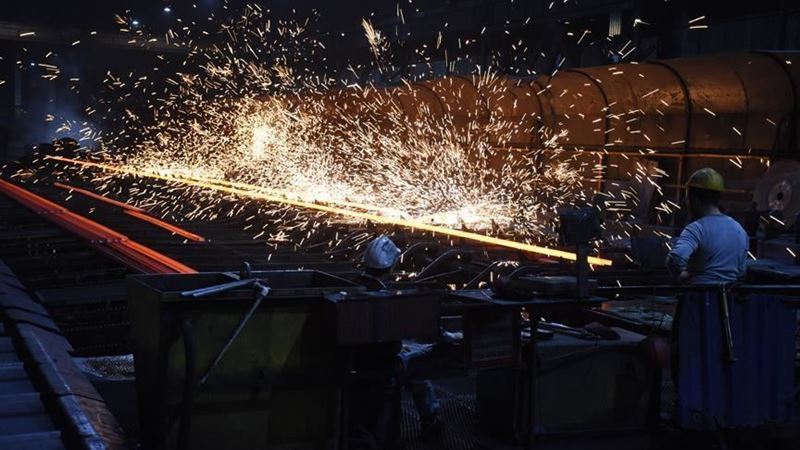

Comments
No comment yet.